Hi i am using Pandas and displaying a table. I there a function to apply alternate row color to make it clear to read. Using below code I am sending table in mail and it works.
my code:
count = 1000
df = pandas.DataFrame.from_dict(result)
df["Total"] = df.T.sum()
html = """<!DOCTYPE html>
<html>
<body>
<h3> %i</h3>
{table_content}
</body>
</html>
""" % count
# Create message container - the correct MIME type is
# multipart/alternative.
msg = MIMEMultipart('alternative')
msg['Subject'] = " Report"
msg['From'] = sender
msg['To'] = recipients
part2 = MIMEText(html.df(
table_content=df.to_html(na_rep="0")), 'html')
msg.attach(part2)

